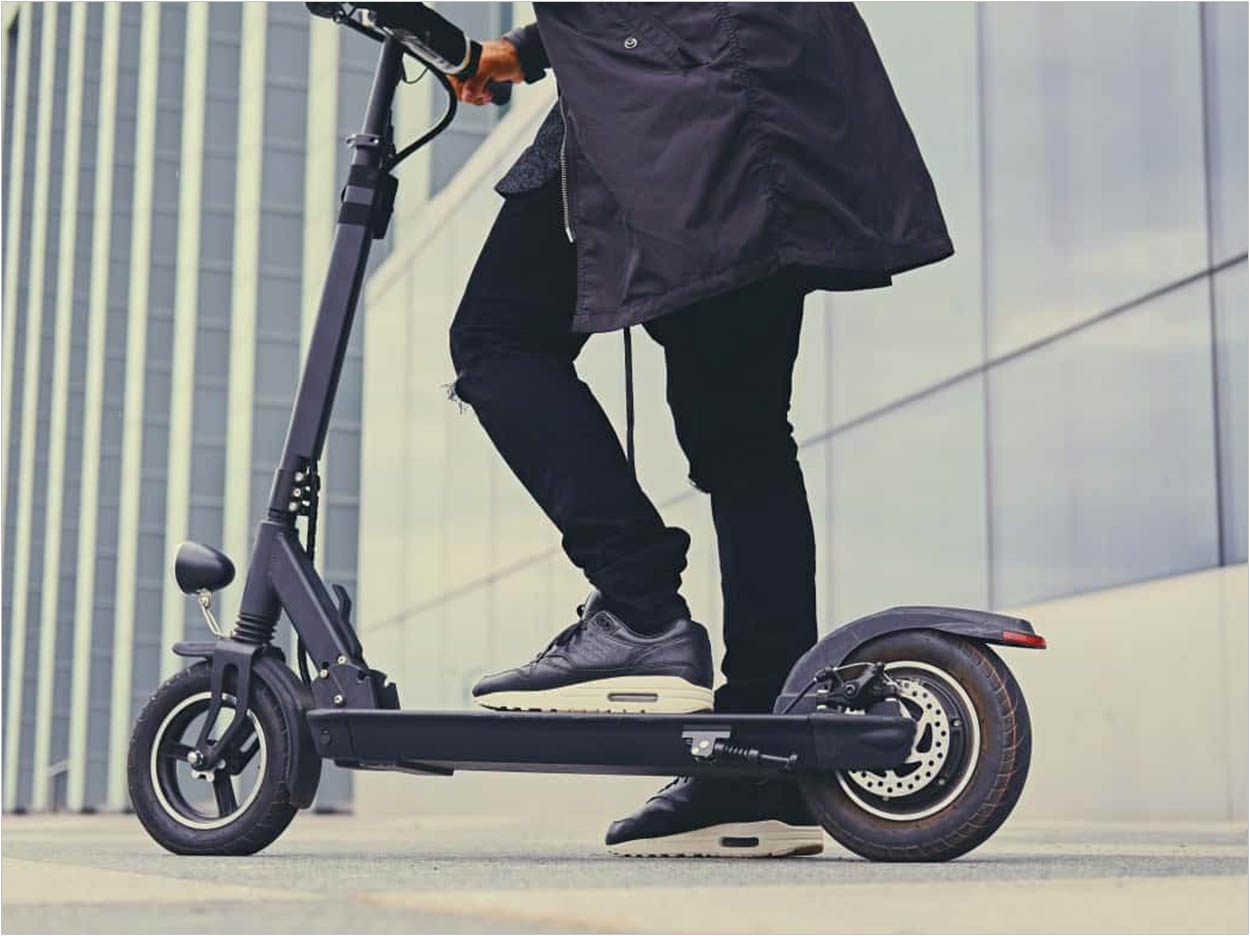
Injuries involving motorized scooters result in more than triple the hospital admission rate of injuries involving nonmotorized scooters and may present a public health issue, according to a multi-institution team of researchers. Compared to traditional, nonmotorized scooters, motorized scooters also lead to more serious injuries.
The researchers analyzed 11,916 records covering 20 years from the National Electronic Injury Surveillance System including injuries from motorized and nonmotorized scooters involving the head, face, eyeball, mouth, or ear. Of the records, 9.5% were motorized scooter injuries.
Motorized scooter injuries more often occurred in older riders (average age of 24 compared to 8.5 among unmotorized scooter injuries), involved the head (55%), and resulted in a concussion, fracture, or internal organ injury.
Also, the hospital admission rate for motorized scooter injuries was nearly four times higher than that for nonmotorized scooter injuries. After controlling for influencing variables, the admission rate for motorized scooter injuries remained double the nonmotorized scooter injuries. The higher admission rate likely represents the characteristics and severity of the injuries, the researchers said.
Motorized scooters have increased in popularity in the last decade, the researchers said, and injuries on these scooters rose over the study’s most recent five-year period, from 5.8% of total scooter injuries in 2014 to 22.1% in 2018.
The researchers additionally considered factors leading to head and facial injuries related to motorized scooters. Collision speed or fall height may explain the head trauma observed in adults, and high speed and force could lead to the higher number of fractures, the researchers said. Also, standard half-helmets provide limited facial protection, and quickly slowing down can result in a rider falling over the handlebars.
The researchers recommended that policymakers explore evaluating their helmet policies and indicated that state governments have reason to establish stricter regulations for “powered transporters” due to the chance of severe injury.
Also, the researchers said, rules and regulations for motorized scooters change and vary by state and city, and few states limit age of rider and speed. With motorized scooter injuries occurring in young adults, the researchers added, substance use could be a concern as well.
Children predominantly use nonmotorized scooters, the researchers continued, so policymakers should note that the age distribution of motorized scooter users most resembles that of motorcycles.
With these findings and the expansion of ride-sharing companies, the researchers added, the growing supply and accessibility of rentable electric scooters may create a public health concern. Scooter companies, then, can consider adding protections to ensure riders can safely and responsibly operate their vehicles, the researchers said.
The study, “Are Motorized Scooters Associated With More Severe Craniomaxillofacial Injuries,” was published by the Journal of Oral and Maxillofacial Surgery.
Related Articles
Adherence to Guidelines After Dental Trauma Ensures Positive Outcomes
Traumatic Dental Injuries: Emergency Assessment and Treatment
Physicians Usually Prevail in Facial Trauma Malpractice Cases












